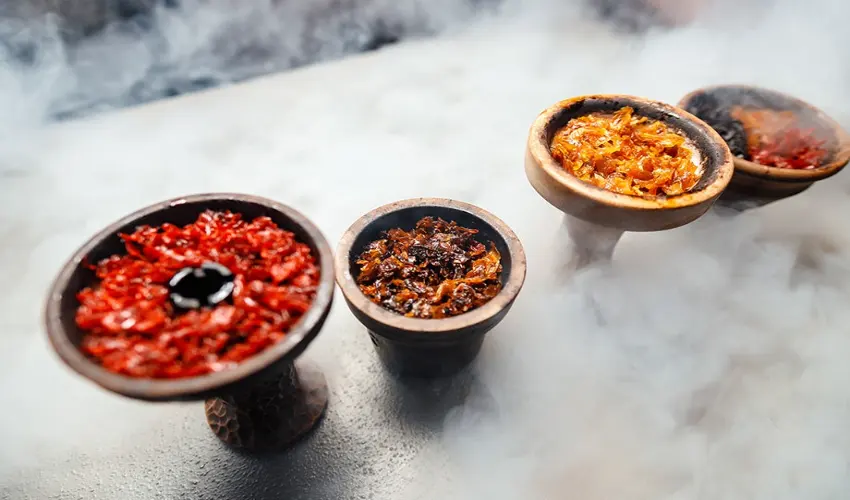Shisha tobacco, also known as hookah or waterpipe tobacco, has seen a remarkable rise in popularity worldwide over the past few decades. Once a traditional pastime limited to the Middle East and parts of South Asia, shisha smoking is now a global phenomenon embraced by diverse cultures and generations. Several factors contribute to this surge in popularity, ranging from its rich cultural heritage and social nature to the variety of flavors and modern adaptations. This article explores the reasons why shisha tobacco is gaining global popularity and how it continues to attract new enthusiasts across the globe.
One of the main reasons for the growing appeal of shisha tobacco is its deep-rooted cultural significance. Shisha has been smoked for centuries in Middle Eastern, North African, and South Asian communities as a symbol of hospitality and social bonding. Traditionally, it is an activity that brings people together to share conversation, relax, and enjoy each other’s company. This communal aspect resonates universally, and as cultures have interconnected through globalization, the tradition of smoking shisha has crossed borders. Today, shisha lounges and cafes have become popular gathering spots in many major cities around the world, reflecting how this centuries-old tradition has been embraced in modern urban lifestyles.
Another key factor fueling the rise of shisha tobacco is the wide range of available flavors. Unlike cigarettes, which have a more uniform taste, hookah tobacco comes in a variety of enticing flavors such as apple, mint, watermelon, grape, and exotic blends that mix fruits, spices, and floral notes. This variety caters to a broader audience, including those who may not have smoked tobacco before, as the flavors mask the harshness commonly associated with smoking. The ability to customize the smoking experience through flavor choice enhances the appeal and encourages experimentation, making shisha smoking more enjoyable and accessible to a global audience.
The social and relaxed atmosphere associated with shisha smoking also plays a crucial role in its popularity. Many people enjoy shisha sessions as a leisurely activity that allows them to unwind and socialize with friends in a comfortable setting. Shisha lounges often create an inviting ambiance with cozy seating, ambient lighting, and sometimes music or entertainment, which adds to the overall experience. This combination of relaxation and social interaction appeals especially to younger generations who seek communal experiences and social venues different from traditional bars or nightclubs. The ritualistic nature of preparing the hookah, passing the hose, and sharing the experience fosters a sense of connection and cultural appreciation that enhances its allure.
In addition to tradition and flavor variety, modern adaptations and innovations have helped shisha tobacco maintain relevance in today’s market. Contemporary hookah devices have evolved significantly from their original designs. Today’s hookahs are often made with high-quality materials, incorporate sleek aesthetics, and offer enhanced functionality, such as multiple hoses, diffusers for smoother smoking, and even electronic versions that reduce harmful combustion by using heated coils or batteries. These innovations appeal to tech-savvy consumers and health-conscious smokers who are looking for safer or more convenient alternatives. The development of portable and easy-to-use hookah devices also allows users to enjoy shisha tobacco in a variety of settings, increasing its accessibility and convenience.
Marketing and media exposure have also contributed to the global rise of shisha tobacco. The growth of social media platforms like Instagram, TikTok, and YouTube has allowed shisha enthusiasts and businesses to share their experiences, tips, and reviews widely. Eye-catching visuals of colorful hookah setups and the convivial atmosphere in shisha lounges attract attention and generate curiosity among online audiences. Influencers and celebrities have been seen enjoying shisha, which further normalizes and glamorizes the practice. This widespread exposure helps break down stereotypes and introduces shisha to new demographics who might not have encountered it otherwise.
Furthermore, the misconception that shisha smoking is less harmful than cigarette smoking has unfortunately contributed to its increasing use, especially among young adults. Many perceive shisha as a safer alternative due to the water filtration and the fruity flavors. While this is a common belief, it is important to recognize that shisha tobacco still carries significant health risks, including exposure to nicotine and other harmful chemicals. Public health campaigns are ongoing to educate users about these risks, but the social and cultural appeal continues to outweigh these concerns for many.
The accessibility of shisha tobacco is another factor that promotes its widespread use. In many countries, shisha tobacco is easier to obtain than cigarettes due to different regulatory standards. Some places have specialized shops, lounges, and cafes dedicated solely to shisha, making it convenient for users to purchase and enjoy. Additionally, online retailers provide easy access to a variety of shisha products, including tobacco, accessories, and flavored molasses. This easy availability supports the growth of the market and sustains interest among consumers.
In conclusion, the global popularity of shisha tobacco is driven by a combination of its rich cultural history, social and communal nature, diverse flavors, modern innovations, and effective marketing. It offers a unique and enjoyable experience that blends tradition with contemporary lifestyle trends. While it is crucial to be aware of the health risks associated with shisha smoking, its appeal as a social pastime and cultural ritual continues to captivate people worldwide. As shisha tobacco continues to evolve and adapt, its global presence is likely to expand further, reinforcing its status as a popular and enduring form of tobacco consumption.
